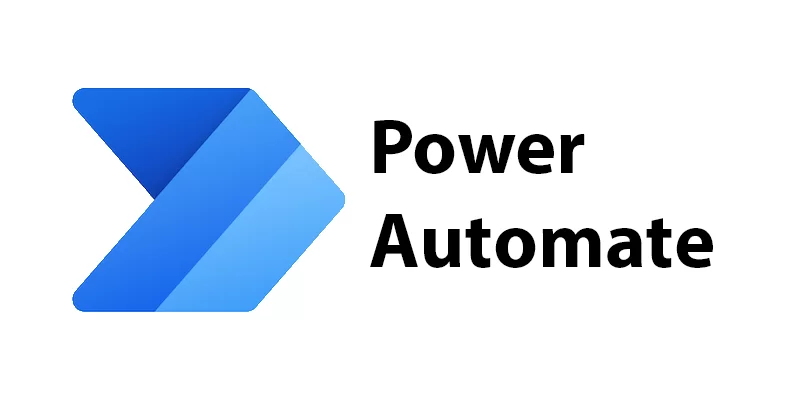Five Ways Power Automate Can Streamline Your Business Processes and Improve Efficiency

Introduction
In today’s fast-paced business world, efficiency is key. Microsoft Power Automate helps companies automate repetitive tasks and connect services, allowing teams to focus on more valuable work. In this post, we’ll explore 5 ways Power Automate can streamline business processes and boost productivity, using real-life examples and practical solutions.
1. Automate Document Approvals with Power Automate for Business Efficiency
Manual document approvals often slow businesses down. With Power Automate, you can automate the approval process for purchase orders, contracts, or expense reports. Power Automate automatically routes documents to the right person and tracks approvals, reducing delays and paperwork.
Example:
A finance team can set up an automated workflow to approve purchase orders. Notifications are sent to managers for approval, and the system tracks the status, saving time and improving accuracy.
2. Improve Notifications and Reminders with Power Automate for Business
Missing deadlines can hurt your business. Power Automate makes it easy to send automated notifications and reminders. You can connect Power Automate to Microsoft Teams, Outlook, or other platforms to remind your team about upcoming tasks, deadlines, or project updates.
Example:
A marketing team can automate social media content approvals. The workflow sends reminders when content needs approval, helping the team stay on schedule without manual reminders.
3. Synchronize Data with Power Automate for Business Efficiency
Many businesses deal with data spread across multiple platforms. Power Automate allows you to synchronize data between systems like SharePoint, Salesforce, or Excel, ensuring all departments access up-to-date information without manual entry.
Example:
A sales team can sync customer data between Salesforce and SharePoint. When new leads are added, Power Automate updates the data across both systems, ensuring consistent information.
4. Automate Report Generation
Generating reports manually can be time-consuming. With Power Automate, you can automate report generation from data sources like Excel or Power BI, and distribute them via email or platforms like Microsoft Teams.
Example:
A project management team can automate weekly status reports. Power Automate pulls data from a project management tool, creates the report, and emails it to stakeholders, saving hours of manual work.
5. Simply Employee Onboarding
Onboarding new employees involves many repetitive tasks. Power Automate helps by automating welcome emails, task assignments, and document sharing. This ensures new hires have everything they need on day one, with minimal manual input.
Example:
A human resources team can automate the onboarding process. When a new employee joins, Power Automate sends welcome emails, assigns tasks to IT and HR, and provides access to onboarding documents.
Conclusion: Power Automate Boosts Efficiency
From automating approvals to synchronizing data and sending reminders, Microsoft Power Automate helps businesses streamline their processes and improve productivity. Explore how Power Automate can transform your workflows, save time, and keep your team focused on what matters most.

